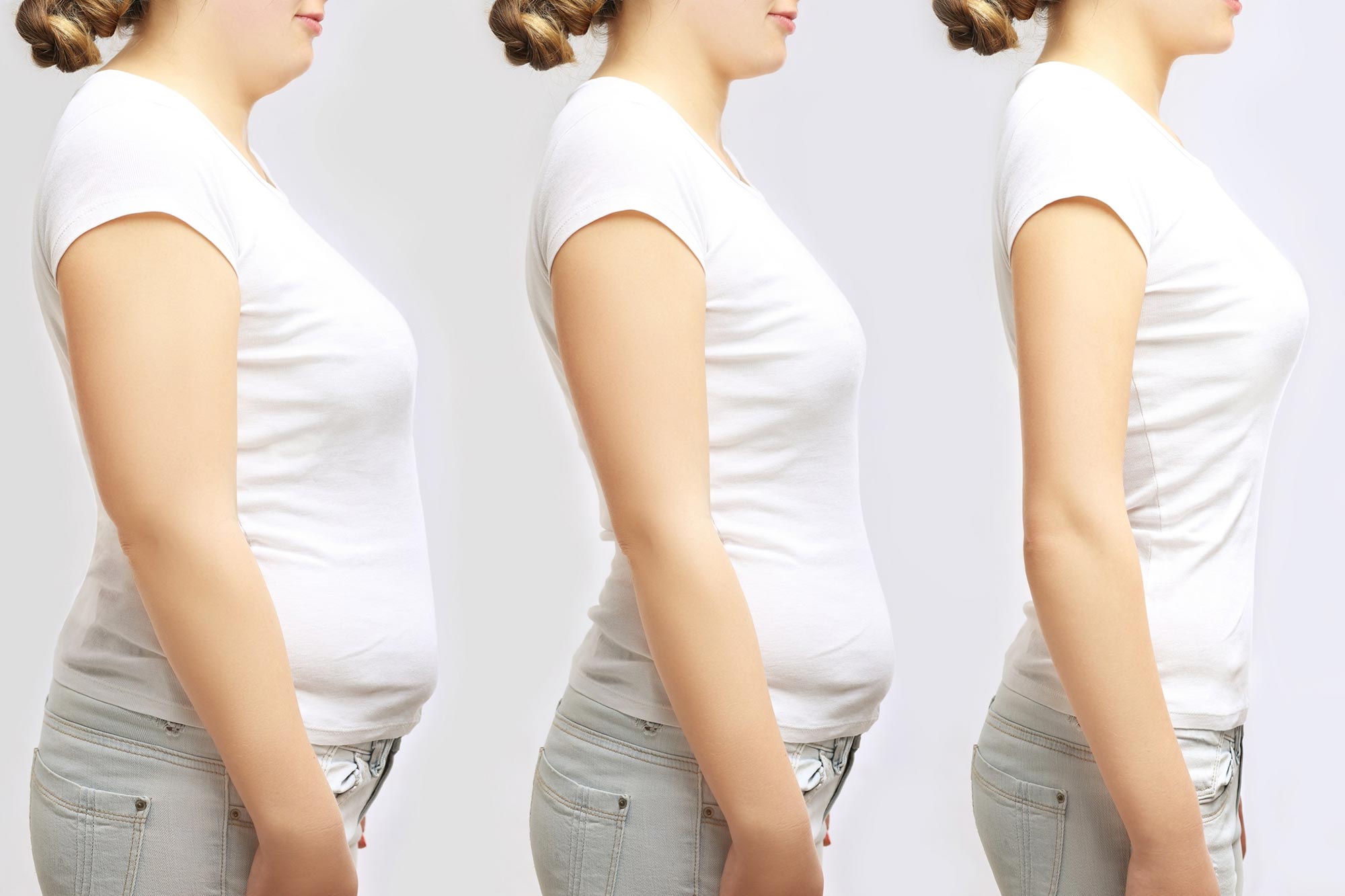Summary
Dr Hazel Wallace aka The Food Medic on leaving medicine, offering credible advice online, and her new book about periods
Source: The Irish Times

AI News Q&A (Free Content)
Q1: What are the most common nutritional deficiencies that impact menstrual health, and how do they manifest?
A1: Iron deficiency is the most common nutritional deficiency affecting menstrual health, leading to nutritional anemia. This can result in symptoms such as fatigue, low energy, lightheadedness, and pale skin. Anemia caused by insufficient iron, protein, vitamin B12, and other micronutrients can limit the exchange of oxygen and carbon dioxide in the body, directly impacting overall health and menstrual function. According to the World Health Organization, anemia is particularly prevalent among women of reproductive age and can be exacerbated by heavy menstrual bleeding.
Q2: How does malnutrition, including both undernutrition and overnutrition, affect women's menstrual cycles and overall reproductive health?
A2: Malnutrition, encompassing both undernutrition and overnutrition, can disrupt menstrual cycles and reproductive health. Undernutrition may lead to irregular or missed periods due to insufficient energy and nutrient availability, while overnutrition, such as obesity, has been linked to hormonal imbalances and conditions like polycystic ovary syndrome (PCOS). The coexistence of these forms, termed the 'double burden of malnutrition,' is increasingly recognized as a significant factor influencing menstrual and reproductive health outcomes globally.
Q3: What insights do recent studies provide about incorporating unconventional biomarkers, such as blood glucose and heart rate, in menstrual health tracking?
A3: A 2024 study found that tracking unconventional biomarkers through consumer health devices—like blood glucose levels and heart rate—provides a broader understanding of menstrual health. The study revealed that participants used these physiological signals, in addition to traditional menstrual tracking, to affirm aspects of their menstrual health and adjust daily behaviors. This approach allows for a more comprehensive assessment and has led to recommendations for designing future multimodal menstrual tracking tools.
Q4: What are the regulatory recommendations for preventing and addressing nutritional deficiencies in women, particularly concerning menstrual health?
A4: National and international health organizations, such as the World Health Organization, recommend regular screening for anemia and nutritional deficiencies in women, especially those of reproductive age. Strategies include promoting a balanced diet rich in iron, vitamin B12, and folate, and, where necessary, providing supplementation. Public health policies emphasize the importance of education and access to nutrient-rich foods to reduce the prevalence and impact of nutritional deficiencies on menstrual and overall health.
Q5: How can artificial intelligence and machine learning improve the identification of menstrual health issues linked to nutritional deficiencies?
A5: A 2025 research paper demonstrated that advanced natural language processing and multi-task learning models can extract menstrual health characteristics from clinical notes, including symptoms potentially linked to nutritional deficiencies. These AI-based tools achieved high accuracy in identifying attributes such as dysmenorrhea, flow volume, and irregularity, supporting automated data extraction and advancing research into the relationship between nutrition and menstrual health.
Q6: What are the symptoms and risks associated with nutritional anemia, and why are women particularly at risk?
A6: Symptoms of nutritional anemia include memory and concentration difficulties, fatigue, shortness of breath, and pale skin. Severe cases can lead to more dangerous outcomes like cyanosis and jaundice. Women are especially at risk due to blood loss from menstruation, increased nutritional requirements during pregnancy, and dietary inadequacies. Globally, nutritional anemia is a leading cause of morbidity among young women, children, and older adults.
Q7: Are there any nutritional recommendations or dietary adjustments shown to alleviate menstrual symptoms and improve overall menstrual health?
A7: Recent research highlights that diets rich in iron, vitamin D, and omega-3 fatty acids can help alleviate menstrual symptoms such as fatigue and dysmenorrhea. For vegetarians and vegans, foods like immature lima beans (for amino acids and choline) and mushrooms (for vitamin D) are recommended. Ensuring a balanced intake of these nutrients supports healthy menstrual cycles and reduces the risk of nutritional deficiencies.
References:
- Malnutrition - Wikipedia
- Nutritional anemia - Wikipedia
- Users' Perspectives on Multimodal Menstrual Tracking Using Consumer Health Devices
- Multi-Task Learning for Extracting Menstrual Characteristics from Clinical Notes
- Nutritionally recommended food for semi- to strict vegetarian diets based on large-scale nutrient composition data





